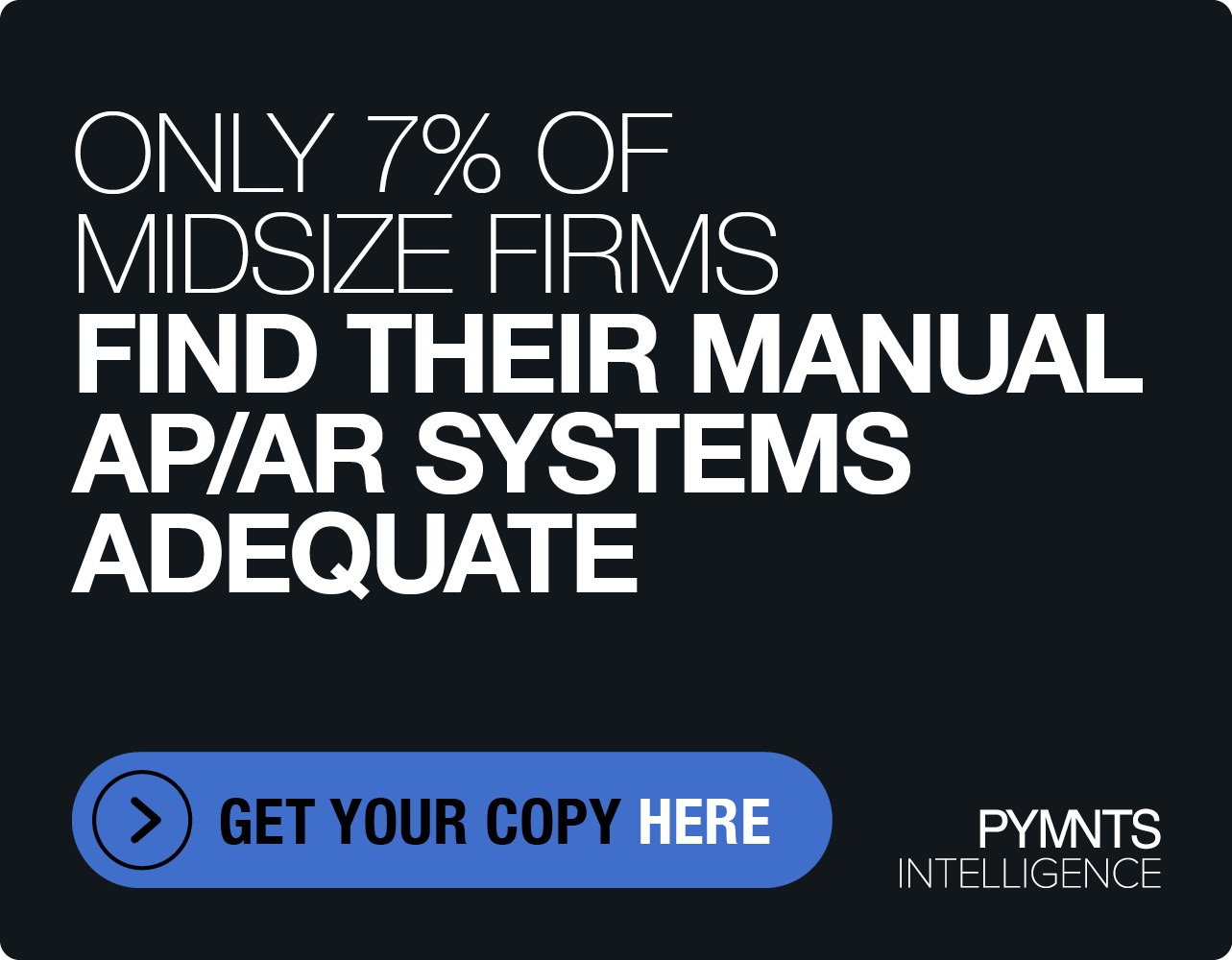P&G Reports 50 Pct Jump In eCommerce Sales, Sees Lasting Shift To Online
Pointing to increased demand for premium products and continued lifestyle changes from the coronavirus, Procter & Gamble reported an 8 percent increase in total revenues Wednesday, led by a 50 percent increase in its online sales. In announcing its fiscal second-quarter results, the Cincinnati-based consumer goods giant also credited its “constructive disruption” strategy for a 15 percent jump in earnings, which also allowed it to increase its full-year forecast.
On a conference call with analysts, P&G Vice Chairman, Chief Operating Officer and Chief Financial Officer Jon Moeller said the mid- to long-term impacts of the pandemic are accelerating top and bottom-line growth as the quality and relevance of its many brands resonates with consumers.
“We will serve what will likely become a forever altered cleaning, health and hygiene focus for consumers who use our products daily or multiple times each day,” Moeller said.
Although hopes are high that the COVID-19 vaccine will bring the nearly yearlong saga to a close, P&G is planning on many of the lifestyles and purchasing changes borne of the pandemic to last after it’s gone.
“There may be a continued increased focus on home, more time at home, more meals at home, with related consumption impacts,” Moeller said.
eCommerce Soars
Broadly speaking, P&G’s business lines — both individually and collectively — are enjoying momentum from changes the company put in place long before the coronavirus struck, as each of its 10 product categories grew organic sales, led by a 30 percent increase in Home Care and double-digit gains in both Oral Care and Family Care.
But perhaps most conspicuous of all was the nearly 50 percent spike P&G has seen in its eCommerce business over the past six months, which it said now accounts for over 14 percent of its total global sales, and presumably on its way to 20 percent in the not so distant future.
“There is potential for a lasting shift to eCommerce, both [with] eTailers and omnichannel [and] our experience to-date makes us believe we are generally well-positioned in this environment as we’re discovering lower-cost ways of working with fewer resources,” Moeller said.
With consumers experimenting less, he said there was also the potential for increased preference for established, reputable brands that solve new problems better than alternatives, Moeller added.
Constructive Disruption
P&G also said that the present business environment increased the need for the company to be agile, willing to change and open to adapting to new trends and technologies.
In particular, the company is linking its continued growth with what it calls “constructive disruption.”
“We remain focused on executing our strategies of superiority, productivity, constructive disruption and improving P&G’s organization and culture,” P&G CEO David Taylor said in the company’s press release. “These strategies enabled us to build strong business momentum before the COVID crisis, accelerated our progress in calendar year 2020 and remain the right strategies to deliver balanced growth and value creation over the long term.”
According to market-research firm IRI, consumer spending on premium food and household products outpaced spending on more value-oriented or private-label products in the third quarter, a shift that benefits P&G but also defies consumer trends in previous recessions.
To that point, Moeller told investors to expect some volatility as we move to a new reality in the post-crisis era, saying “quarterly results will not move in a straight line” and that the stay-at-home dynamic plays out differently in different segments, simultaneously producing winners in areas such as home care and cleaning and losers in businesses such as grooming.
“We’re optimistic about our post-crisis prospects and generally like our hand,” Moeller said.
